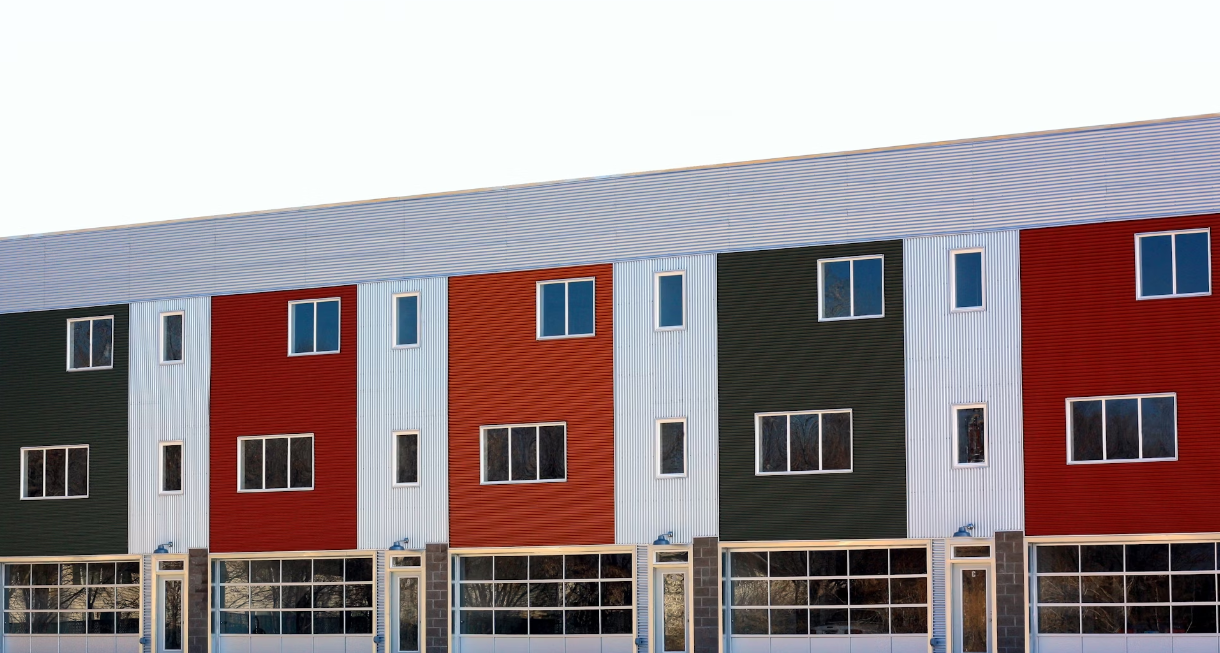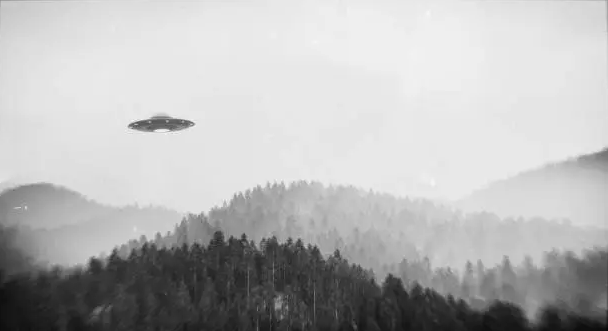Planning in Urban Growth
Planning for urban growth necessitates sustainability

credit: upper photos; Wikipedia, lower photo; unsplash.com/levi-coffin-house-with-windows, Sharon Waldron
Trends are patterns for social popularity; like bellbottom jeans were in the 70s and tattoos are today. Razor cut hairline designs didn’t catch on, but a lot of people went that direction. Styles of music, tv shows, fashions, cars and even urban growth designs are all subject to trends.
In the early 2000’s, the buzz-word for the clamoring of gathered environmentalist’s interest, was the term: “urban blight”. It garnered so much interest from large non-profit foundations that those organizations cleared the path for large financial interests to come to the rescue with gentrification projects and eradicated urban blight. However, homeless camps with rampant poverty indicate the problems remain.
More recently, the legislative powers that glittered Western Society with fantastic fanfare of celebratory glee, came up with a new word: “green’. Green is money, it’s politics.
New Urbanism
A new term was introduced to urban design planning in the 1980s. The term ‘New Urbanism’ brought emotions into the fray of design. To clarify, emotions are in the expression of exterior design. The façade and building color technique has little to do with urban planning; new urbanism involves building design and color. While this does have an impact on individual expression and neighborhood improvement, architectural designs are irrelevant to the flow of transportation to urban expansion.
New Urbanism is described as a planning and development approach that emphasizes human-scaled urban design. Its claim is that it draws inspiration from the way cities and towns were built for centuries, with walkable blocks and streets, housing and shopping in close proximity. Its focus is the accessibility to public spaces. Its concern is creating communities where people can interact and engage with each other in public spaces or on the street. The new urbanism movement is one of the components of “greening’ the environmental look of neighborhoods.
The term new urbanism is fundamentally applicable for transit-oriented land-use, since the design aspects are concentrated to high-density real estate development and non-automobile transportation.
Another way to reach the same goals is with Feng Shui design. Feng shui originated in ancient China over 6,000 years ago. It was used to design and orient buildings, cities, landscapes, and personal space to align with natural energies and promote harmony.
Feng shui uses energy forces to balance and harmonize the environment, promoting peace, prosperity, and well-being. The practice involves:
- Arranging buildings, objects, and space to optimize energy flow (chi) and create a sense of balance and harmony.
- Using colors, plants, and furniture arrangement to enhance the energy and ambiance of a space.
- Understanding the five elements (wood, fire, earth, metal, and water) and their interactions to create a balanced environment.
Beyond the social constructs of New Urbanism, planning for urban growth involves only four types of land-use. There are tens of thousands of politically selected zoning allowances and restrictions; specific to local building codes.
Urban planning for transportation
There is tremendous simplicity in land-use for transportation. Western society has one prominent source of transportation: the automobile. Its land-use design is by the use of road beds. The demand for roads increase as the population grows.
‘New urbanism’ uses the phrase ‘public spaces’, which is a term used in the transit-oriented land-use design that identifies commerce centers. Placing a park within an environmental space is consistent with feng shui. Commerce centers are real estate developments surrounding train and streetcar stations.
The demand for sustainability with urban growth requires sustainable transportation. The automobile centric land-use design prohibits sustainability due to the automobile being unsustainable. What methods of urban planning can accommodate sustainability? And here is the quagmire; the modes of efficient transportation have not yet been implemented. The blog post: Building Sustainable Transportation touches on what it entails. There has to be a brand-new mode of transportation to be developed. It’s disruptive technology. Sustainable transportation is beyond what people perceive as a trendy new thing. It requires innovative solutions that are beyond normal or expected and begins with a conversation.
Sustainability
Webster’s dictionary describes sustainability as: being a method of harvesting or using a resource so that the resource is not depleted or permanently damaged.
Since transportation is the foundation to all urban growth, it is imperative for modern society to engage a sustainable method of transportation.
The blogpost: Expectations for New Modes of Transportation, says this:
The most serious concern of today’s transportation is its massive energy inefficiency. As Victor Schauberger once said; “understand and copy nature”. His reference pointed out that all nature is centripetal. He also made the claim in the 1930s that all modern transportation was centrifugal. It still is. The importance of his claim is that nature isn’t self-destructive. The opposite is true for the destructive nature of centrifugal motion. Nearly all of modern transportation is propulsion by chemical explosion. The physics of propulsion is forcing an object into resistance. Heat is the presence of resistance. Colliding particles produces heat. It displays an inefficient use of energy.
One of the factors to consider is finding an alternative to propulsion. One of the alternatives to propulsion-based transportation is found with the synchronicity of oscillations; they display frequency movement of motion. The mindset requiring propulsion for motion is an inconsiderate notion. That’s like saying a magnet only has one pole. The opposite of propulsion is attraction. Conversely, the terms: centrifugal and centripetal are not opposites. Similar to yen and yang, the two are functions of a whole.
New transportation innovations reaching sustainability require an efficient use of energy. Attractive motion is a viable consideration for transportation. The entire universe operates with the attractive pull of gravity.
Sustainable solutions
What’s the answer? Where can a sustainable mode of modern transportation be found? What is an actual alternative beyond the convenience of an automobile?
In considering answers, an interesting aspect about transportation is the speed rockets fly. The fastest speed ever attained by mankind is the Parker Solar Probe with its speed exceeding 400,000 miles per hour. Most people assume it reached that speed by the strength of its rocket engines. The marvel of rocket science isn’t the engineering of controlled explosions. The marvels of rocket science are performed by the astrophysicists calculating the precise measurements of gravity. The Parker Solar Probe reached the fastest speed ever achieved by manipulating gravity.
Let’s as some obvious questions. How much energy is consumed by using gravity? Is gravity sustainable? The answer to discovering sustainable transportation requires exploration to manipulate gravity.
Answers are found by asking the correct questions. For those interested in sustainable transportation solutions, there are many blogposts here on the CATTCC website.



